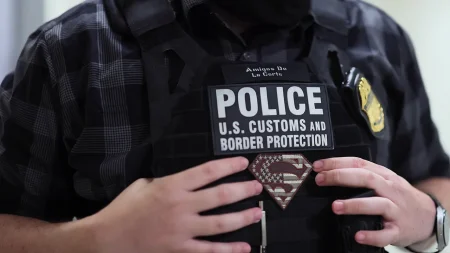Xi Jinping’s Diplomatic Maneuvers: Leveraging History, Military Power, and Statecraft for Global Influence
As President Xi Jinping prepares to host the leaders of Russia and India, he stands at a pivotal moment to showcase China’s growing international influence. These high-profile diplomatic engagements represent more than mere ceremonial visits—they embody Xi’s sophisticated strategy of weaving together historical narratives, military strength, and diplomatic finesse to position China as an indispensable global power. By carefully orchestrating these meetings, Xi aims to demonstrate China’s ability to build strategic relationships across geopolitical divides while advancing its vision for a new international order that challenges Western dominance.
The timing of these visits is particularly significant, occurring amid increasing global tensions and shifting alliances. For Xi, welcoming Vladimir Putin and Narendra Modi in close succession offers a perfect stage to highlight China’s diplomatic dexterity—maintaining close ties with Russia while simultaneously working to ease tensions with India, a relationship complicated by border disputes and regional competition. This balancing act reflects Xi’s broader approach to international relations: cultivating diverse partnerships that serve China’s interests while avoiding rigid alliances that might constrain its options. By positioning China as a stabilizing force capable of dialogue with competing powers, Xi reinforces the narrative that major global challenges cannot be addressed without Chinese involvement.
Xi’s approach draws heavily on historical symbolism and cultural diplomacy, elements he consistently employs to enhance China’s soft power projection. When meeting with foreign leaders, he frequently references China’s ancient civilization and its historical connections with other nations, creating narratives of shared destiny that transcend contemporary political differences. With Putin, he emphasizes the resilience of China-Russia relations despite Western pressure; with Modi, he may invoke ancient Buddhist connections and trade routes that linked their civilizations. This historical framing serves a dual purpose: domestically, it reinforces Xi’s portrayal of himself as the leader restoring China to its rightful place in world affairs after a “century of humiliation”; internationally, it presents China’s rise as a natural historical correction rather than a disruptive force.
The military dimension of Xi’s strategy cannot be overlooked, as it provides crucial leverage in his diplomatic engagements. Under his leadership, China has undertaken the most ambitious military modernization program in its history, transforming the People’s Liberation Army into a technologically advanced force capable of projecting power far beyond China’s borders. This growing military capability serves not only as deterrence but also as a backdrop for diplomatic initiatives, silently influencing negotiations while rarely being explicitly referenced. When meeting with Putin, military cooperation underscores their “no-limits” partnership; with Modi, the careful management of border tensions demonstrates both resolve and restraint. This sophisticated integration of military power with diplomatic objectives reflects Xi’s comprehensive approach to statecraft, where each element reinforces the others in service of China’s long-term strategic goals.
Economic instruments form another critical component of Xi’s diplomatic toolkit, one he wields with increasing sophistication. China’s enormous market, investment capacity, and central position in global supply chains give Xi significant leverage when engaging with world leaders. The Belt and Road Initiative (BRI) exemplifies this approach, offering infrastructure development and economic opportunity while expanding China’s geopolitical influence. During these visits, economic agreements and trade deals will likely feature prominently, highlighting China’s role as an indispensable economic partner even for countries with competing interests. With Russia, energy and technology cooperation demonstrates how economic ties can flourish despite Western sanctions; with India, the potential for expanded trade despite political differences underscores China’s pragmatic approach to international relations, where economic engagement creates dependencies that can moderate political conflicts.
As these diplomatic engagements unfold, Xi will be carefully crafting messages for multiple audiences—reassuring neighbors of China’s peaceful intentions while signaling to the West that attempts to contain China will only accelerate the formation of alternative power centers. For domestic consumption, these visits reinforce Xi’s narrative that China has entered a new era of international respect and influence under his leadership. The carefully choreographed meetings, state banquets, and joint declarations serve to visualize China’s vision of a “community with a shared future for mankind”—Xi’s signature foreign policy concept that positions China as a responsible global stakeholder offering alternatives to Western-dominated international institutions and norms. Through these high-profile diplomatic maneuvers, Xi Jinping demonstrates that China’s path to global influence combines ancient wisdom with modern capabilities, creating a distinctive approach to world affairs that makes China not just a participant in the existing order but an architect of its future evolution.










